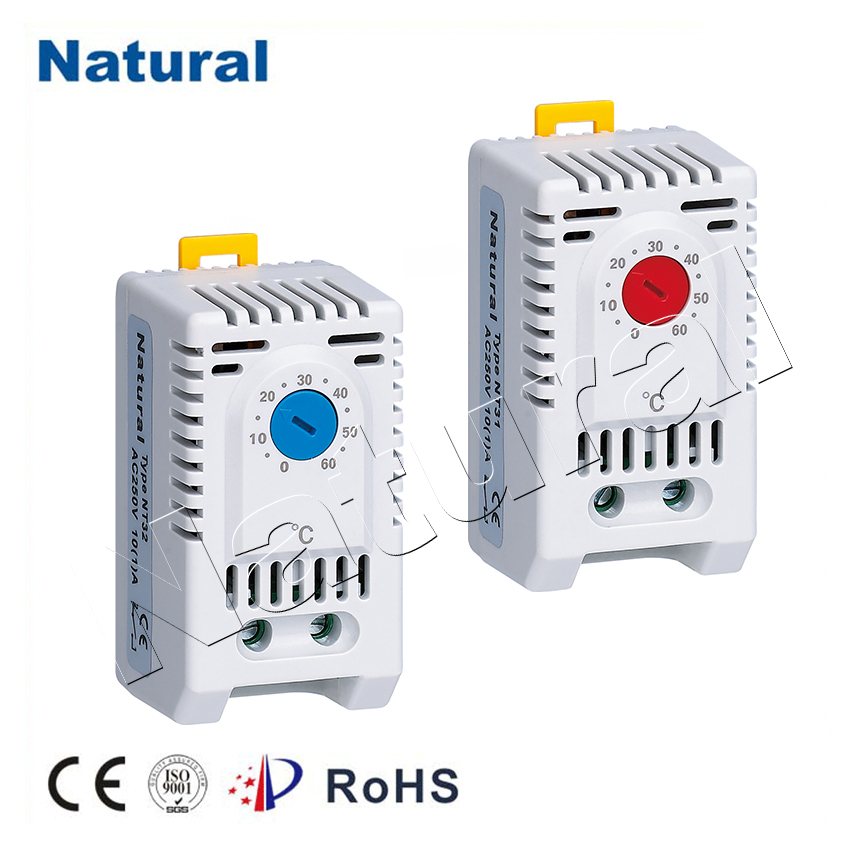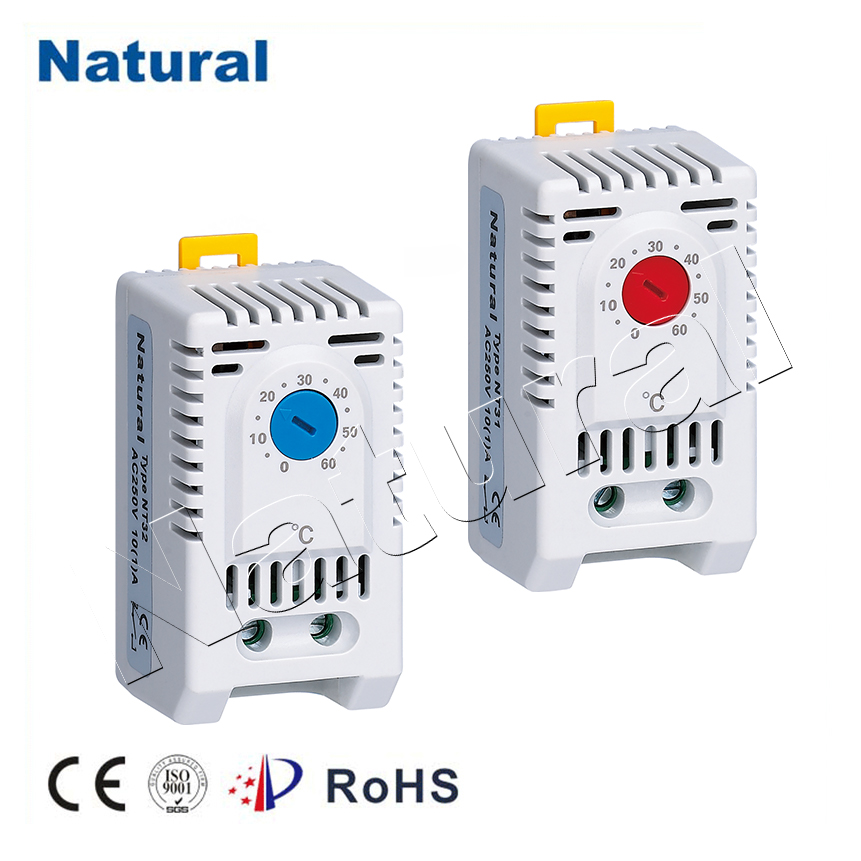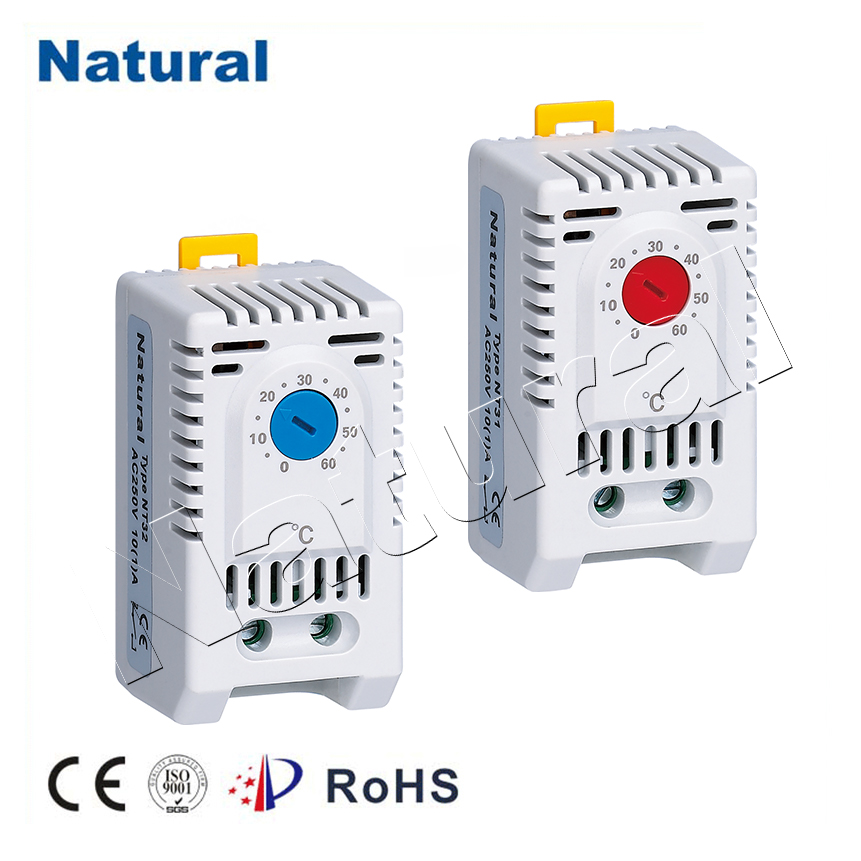In the realm of modern industrial automation, the din rail thermostat has emerged as a crucial component, playing a pivotal role in temperature control and regulation. Its unique design, which allows for direct installation on a din rail, has made it a highly convenient and efficient solution for various industrial applications.

The din rail thermostat’s versatility lies in its ability to adapt to different sensor inputs. Whether it’s a PT100, thermocouple, 0-20mA, or 4-20mA signal, the thermostat can seamlessly integrate with various sensors to provide accurate temperature measurements. This flexibility ensures that the thermostat can be easily integrated into existing systems, regardless of the specific sensor technology being used.

Moreover, the din rail thermostat’s PID parameter self-adjustment feature is a testament to its intelligence and adaptability. This feature allows the thermostat to automatically adjust its control parameters based on the actual working conditions and environmental factors. As a result, it can achieve precise and stable temperature control, ensuring optimal performance and reliability. Communication capabilities are another key aspect of the din rail thermostat. With support for RS485 communication modules and protocols such as Modbus RTU, the thermostat can seamlessly connect with other devices and systems, enabling remote monitoring and control. This allows operators to keep tabs on the temperature status and make necessary adjustments remotely, enhancing operational efficiency and reducing downtime.
